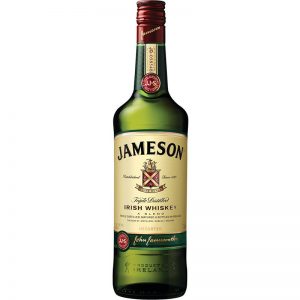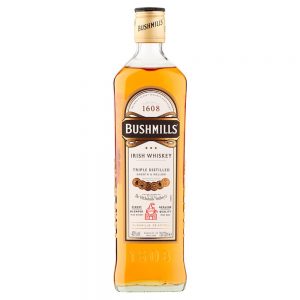Did You Know #1: More Than a Shelf Can Show
I thought it might be a good idea to post little nuggets of whiskey related advice, knowledge, or wisdom from time to time to help out our readers. Some people may say that these are all “common sense” but in life, like whiskey I find that “common” sense is a little less common than we think. A number of you may already know most or all the bits of information that we’ll share under the “Did You Know” banner but if we can enlighten just one reader then in my opinion the post was helpful. So here goes…
Did You Know…that your local liquor stores have access to a lot more selection than you see on the shelves?
Have you ever gone into your local purveyor of the water of life just to sigh as you see the same old bottlings again and again? You may find yourself wondering why your local shop only carries the same 5 bourbons, 2 ryes, 2 Irish, and 4 scotches? The answer? Supply and demand. I’m not going to give you an economics lesson but suffice it to say that if your local shop sells their selection just fine then why change? However, if they see a growing demand for something else that they can get their hands on then they may start stocking that too. Try talking to the local store manager/owner and see if they are willing to order specific whiskeys for you. You may be surprised when they pull out the book they get from their local distributor and then ask you which of 50+ additional scotches on that list you are interested in.
There are limits of course. Some producers don’t sell in certain areas. There are plenty of scotch bottlings that don’t make it stateside. Japanese whisky is all but completely absent here. Even a great brand like Buffalo Trace doesn’t send any of their standard bottling two states south to Georgia. So don’t go in expecting to get the most hard to find and esoteric whiskey imaginable. On the other hand, see what they can get. You may just be surprised. If enough people start doing it then you may just see that standard selection increasing a bottling at a time.
One additional note about price – generally speaking the liquor store will probably charge you a little more for your special order bottle than if you bought it off the shelf. Why? Well, it’s either because they can (you obviously couldn’t get it elsewhere or you wouldn’t be coming in and special ordering it) or because what they pay for a single bottle is a good bit more than the per bottle price if they order a case/box of a regularly stocked item. Either way, as long as they don’t completely screw you on the price then fair is fair. They are getting a decent profit and you are getting the whiskey you’ve been looking for. What’s not to like?
– Richard



